1) On the map (scroll in to view)
2) Visually
3) Alphabetically
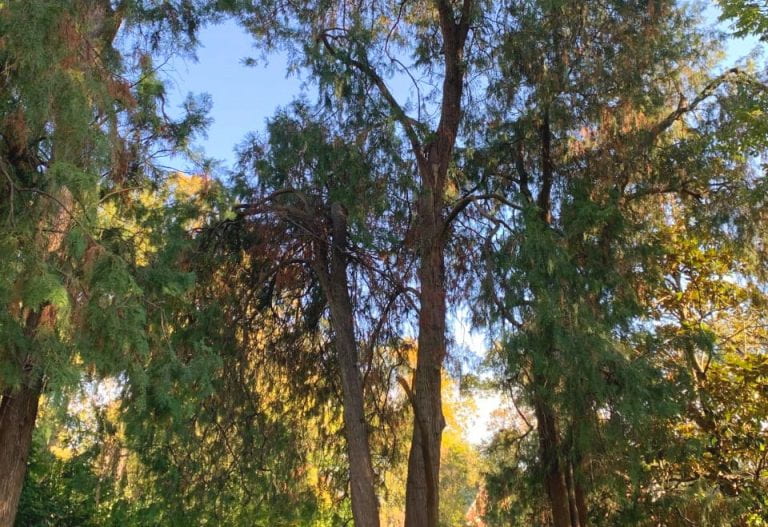
American Arborvitae
Arbor Walk #62, Treekeeper ID #4666
The American Arborvitae is most prevalent in eastern and central Canada, and found in Northern Illinois, Ohio, and New York as well as scattered populations further south. St. Louis is near the southern end of the tree’s range, and it benefits from being in a slightly shadier location than they would prefer in their northern ranges.
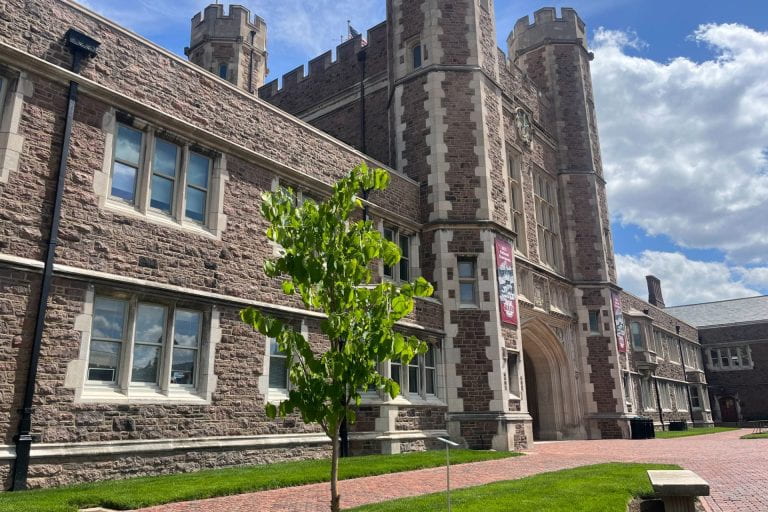
American Basswood
Arbor Walk #153, Treekeeper ID #8101
This tree is a grafted clone of the original Basswood which has been growing in Brookings Quad for more than 100 years.
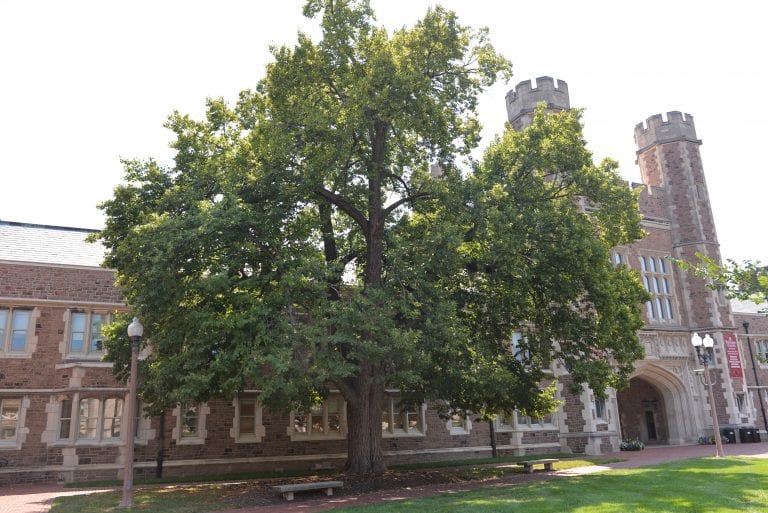
American Basswood (removed July 2023)
Arbor Walk #17, Treekeeper ID #1937
This is one of the oldest and largest trees on campus. It has large green leaves and small, sweetly scented flowers. Recently, efforts have been taken to preserve and continue on the genetic lineage of this tree whose history follows that of WashU’s Danforth Campus.
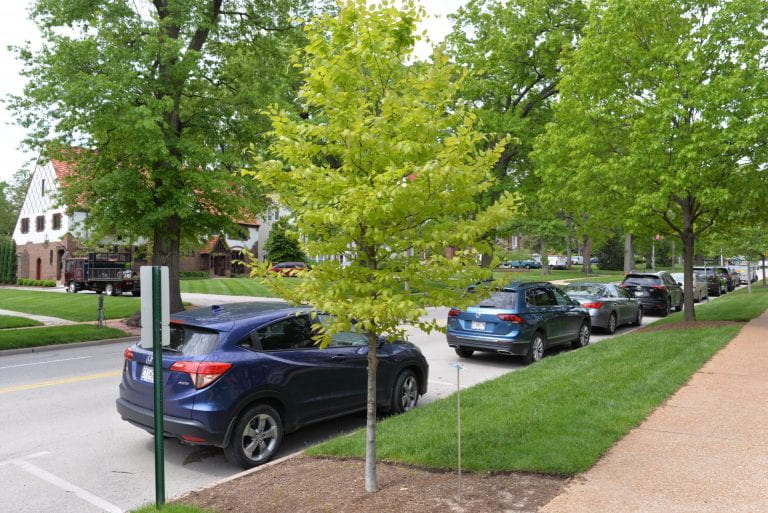
American Beech
Arbor Walk #48, Treekeeper ID #1979
This tree has dark green leaves which turn bronze in the fall. Its flowers are yellowish-green, and the female flowers yield edible beechnuts which ripen in the fall.
American Chestnut
Arbor Walk #111, Treekeeper ID #6353
The American Chestnut is a historically and cuturally important tree that unfortunately has a sad story. This species used to be one of the biggest and most numerous trees in the Eastern United States, but it is now considered functionally extinct.
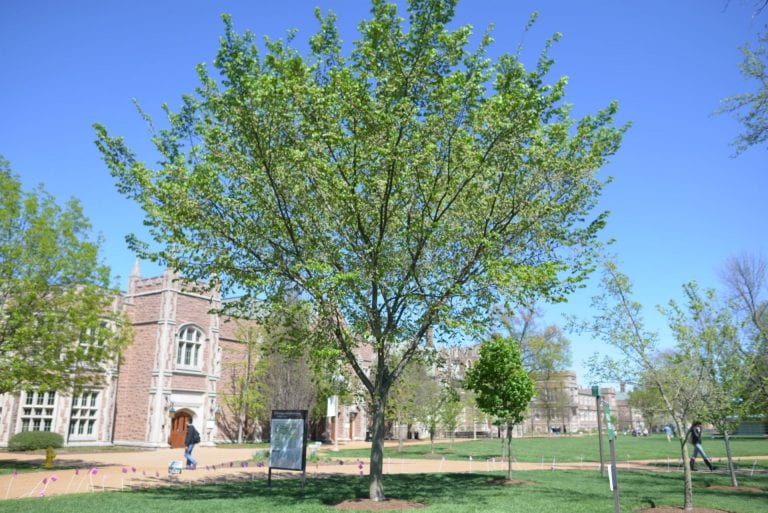
American Elm
Arbor Walk #31, Treekeeper ID #2408
The American Elm is native to much of Eastern North America and grows in low, moist areas and along streams across the state of Missouri.
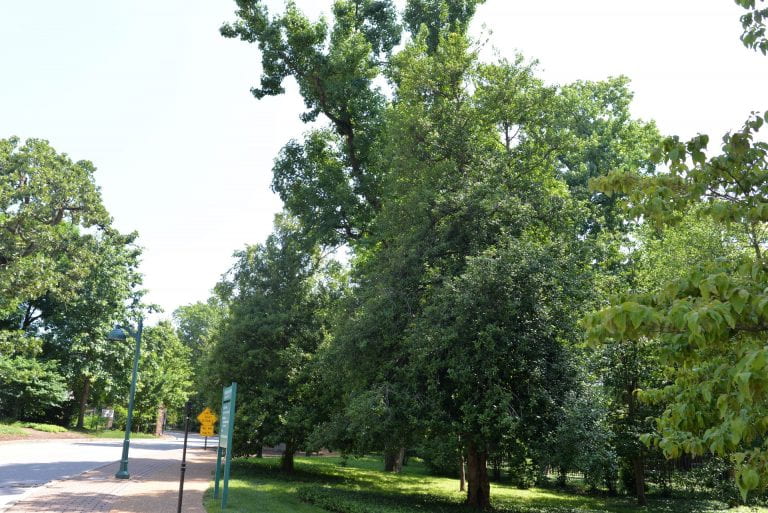
American Holly
Arbor Walk #69, Treekeeper ID #3034
The American Holly is a broad-leaved evergreen tree reaching 40 to 50 feet high, densely pyramidal in youth becoming more open and symmetrically conical with age.
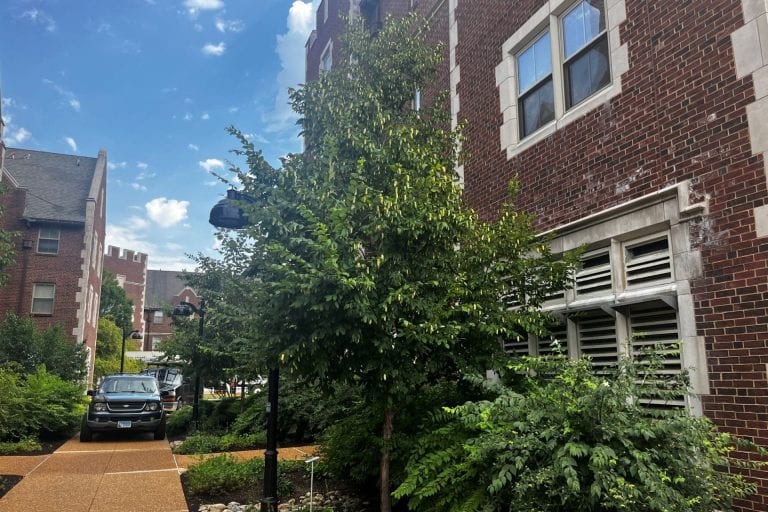
American Hop Hornbeam
Arbor Walk #112
Native to much of the continental U.S., the American Hop Hornbeam is a great tree. It has orangish-brown, loose bark and catkins that stay on over winter making it an interesting and beautiful tree year-round.
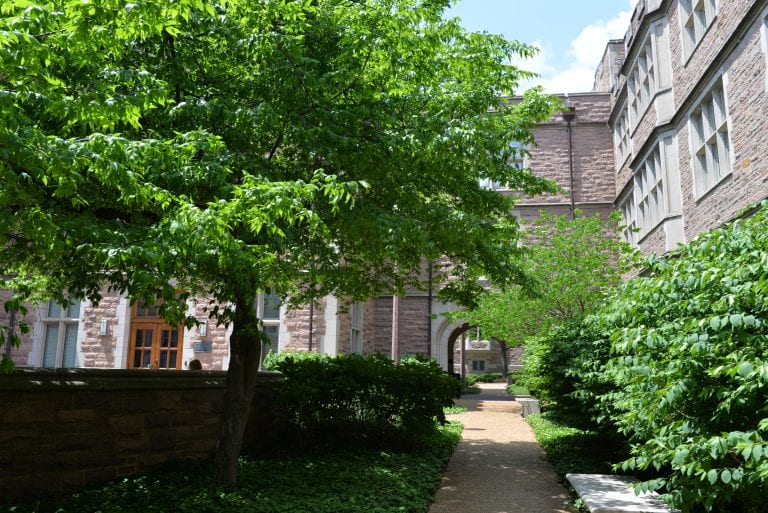
American Hornbeam
Arbor Walk #20, Treekeeper ID #1933
Native to the midwest, the American Hornbeam typically grows as an understory tree, in wetter areas. Its leaf is dark green, ovate, with doubly serrated edges.
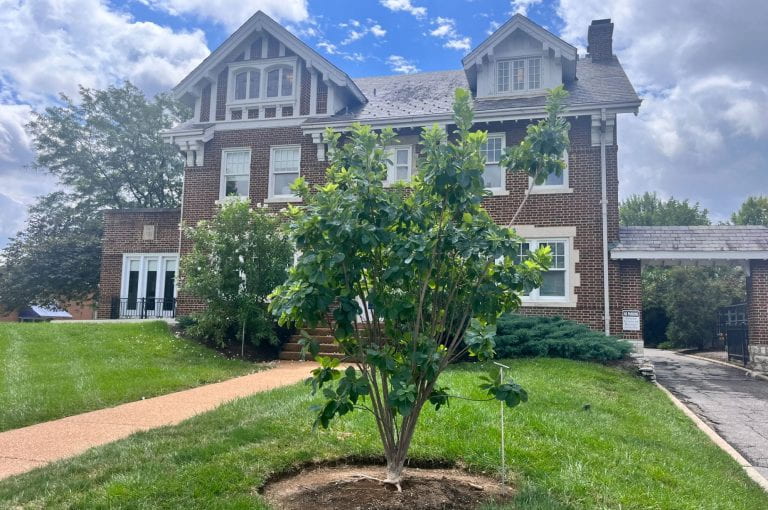
American Smoketree
Arbor Walk #166, Treekeeper ID #6601
The American Smoketree is a Missouri native tree with fabulous color in the spring and summer, thanks to its smoke-like purple-haired inflorescences.
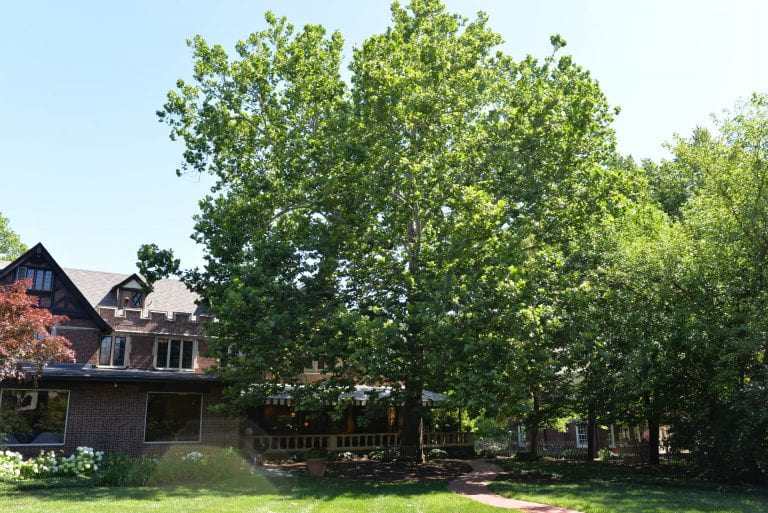
American Sycamore
Arbor Walk #60, Treekeeper ID #5449
The Sycamore is regarded as one of the largest trees native to eastern North America, and was historically prized by Native Americans for the construction of dugout canoes. Ecologically, they are early colonizers to newly available habitat, and support animal shelters as they mature.
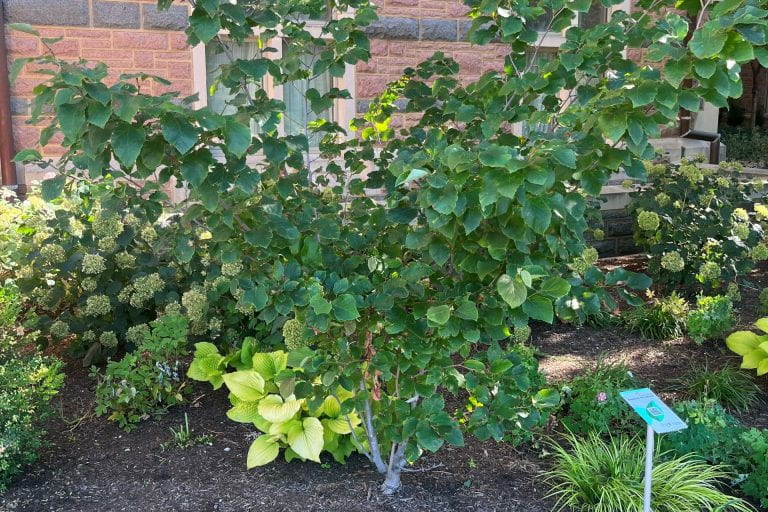
American Witchhazel
Arbor Walk #119
The American Witchhazel is one of the few deciduous woody plants that flowers after the leaves fall. It typically flowers during October to December.